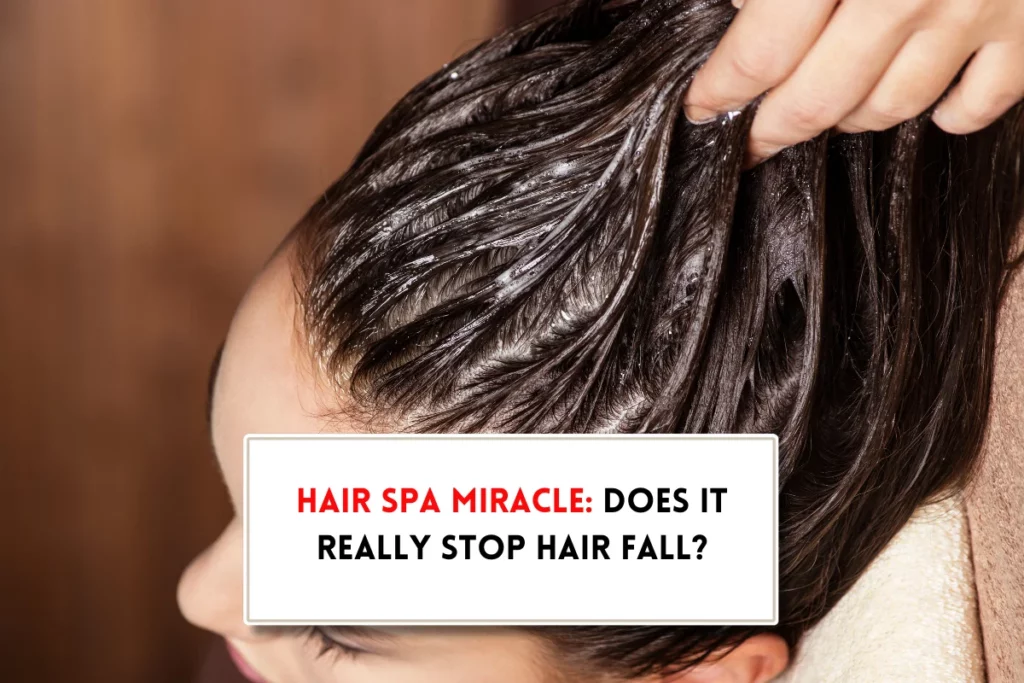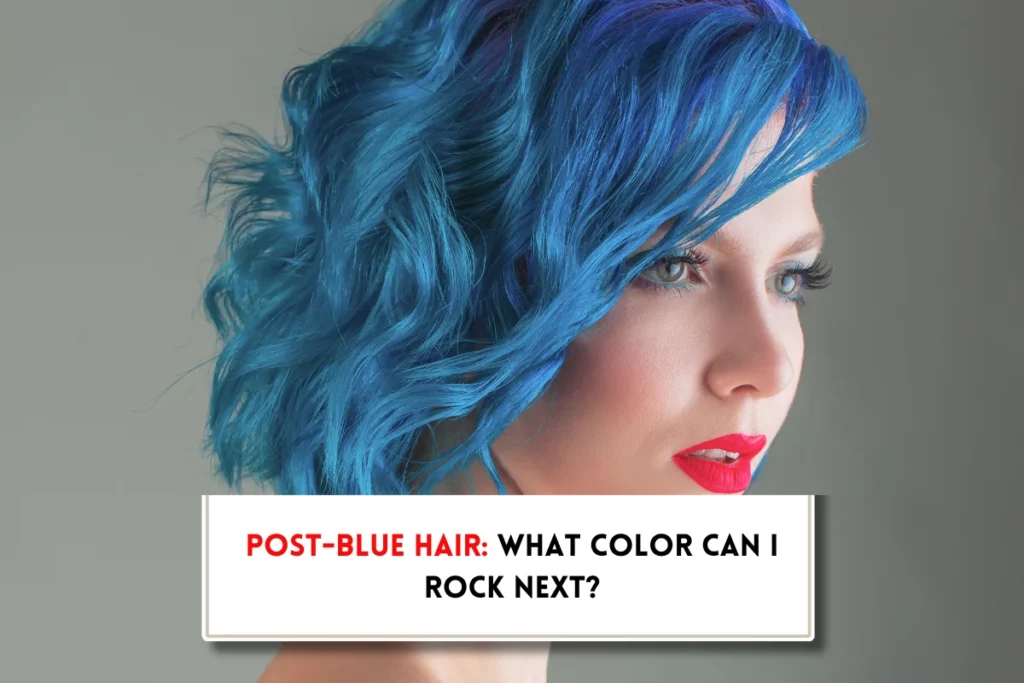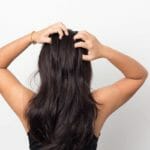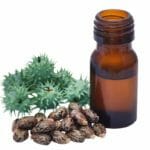Can you use dry shampoo on wet hair?: Yay or Nay!
At BeautyCaters, our expert team independently curates every recommended product. Purchases through our links may earn us a commission. Explore our transparent selection process.
Dry shampoo is that perfect go-to for those no-wash days. But what about when your hair is wet? Can you defy the rules and use dry shampoo on damp locks? This article is the answer to the million-dollar question: Can you use dry shampoo on wet hair? Read on and and find out if this unexpected hack is a hit or a miss.

Overview of dry shampoo
Dry Shampoo is an effective hair care product that absorbs excess oil and dirt from your scalp, giving your hair a cleaner, fresher appearance. It typically comes in spray or powder form, making it easy to apply on-the-go.
Ingredients in dry shampoo
Dry shampoo generally contain a blend of specific ingredients to achieve their desired results. Common components include:
- Absorbent powders: Such as talc or rice starch, which soak up oil.
- Clays: Often included for their oil-absorbing properties.
- Fragrance: To leave your hair smelling fresh.
- Preservatives: To maintain the product’s shelf life.
Different formulations of dry shampoo
Dry shampoo comes a variety of formulations to cater to different hair types and needs. For example, you may find options that are targeted for specific hair colors, providing a more customized experience. Many formulations include ingredients that aimed at volumizing your hair or improving scalp health. Evaluating these differences can help you choose the best dry shampoo for your hair’s unique requirements.
The function of dry shampoo

Little do many people know, dry shampoo serves multiple purposes that go beyond just refreshing your hair. It’s a versatile product designed to improve the look and feel of your hair without the need for water, making it a favorite among anyone looking to save time and maintain style.
- Absorb oil and grease: The primary function of dry shampoo is to absorb oil and grease from your roots. It typically contains ingredients like starch or talc that soak up excess moisture, leaving your hair looking cleaner and fresher. This is especially beneficial for those with oily scalps who want to extend the life of their hairstyles.
- Extend time between washes: For many busy individuals, dry shampoo also plays a crucial role in extending the time between washes. Rather than washing your hair daily, which can strip it of natural oils, you can use dry shampoo to keep your hair looking clean for longer periods. It allows you to maintain your hairstyle while preventing damage from frequent washing.
- Add volume and texture: Adding volume and texture to your hairstyle is another fantastic feature of dry shampoo. It can provide that much-needed lift, especially when your hair is feeling flat or limp.
Time and again, you’ll find that dry shampoo can act as an instant volume booster. Simply spray or sprinkle it at the roots, and you’ll be amazed at how it lifts your hair and adds texture. This makes it an ideal choice for creating effortless beachy waves or charming updos, transforming your look in just minutes.
Related: How is shampoo different from soap?
Can you use dry shampoo on wet hair?
The traditional use of dry shampoo is as a quick fix for oily roots. However, recent trends suggest a different approach. Some experts claim that applying dry shampoo to damp hair can actually enhance volume and create a fuller, more textured look. But does this unconventional method truly deliver? Let’s explore the potential benefits and drawbacks of using dry shampoo on wet hair.
Benefits of dry shampoo on wet hair
Using dry shampoo on damp hair offers several advantages:
- Accelerated drying: Dry shampoo on wet hair helps hair dry faster, especially for those with thick or long hair.
- Volume boost: Dry shampoo adds instant fullness and texture to wet hair, creating a voluminous appearance.
- Texture enhancement: With dry shampoo, your wet hair gets a foundation for styling, making hair easier to manipulate and hold.
- Time-saving: Offers a convenient solution for quick refreshes between washes.
- Reduced washing frequency: Can extend the time between traditional shampoos, potentially minimizing hair damage.
Cons of using dry shampoo on wet hair
While using dry shampoo on wet hair can offer certain benefits, it’s essential to be aware of the potential drawbacks.
- Ineffective oil absorption: Applying dry shampoo to damp hair may not be as effective in absorbing oil and dirt as it would on dry hair, leading to a less than ideal result.
- Residue buildup: residue buildup can occur more rapidly when used on wet hair, potentially impacting hair texture and scalp health.
- Limited suitability: May not be suitable for all hair types or styles.
- Dependency: Overreliance can hinder scalp health and lead to a cycle of product buildup.
How to use dry shampoo on wet hair?
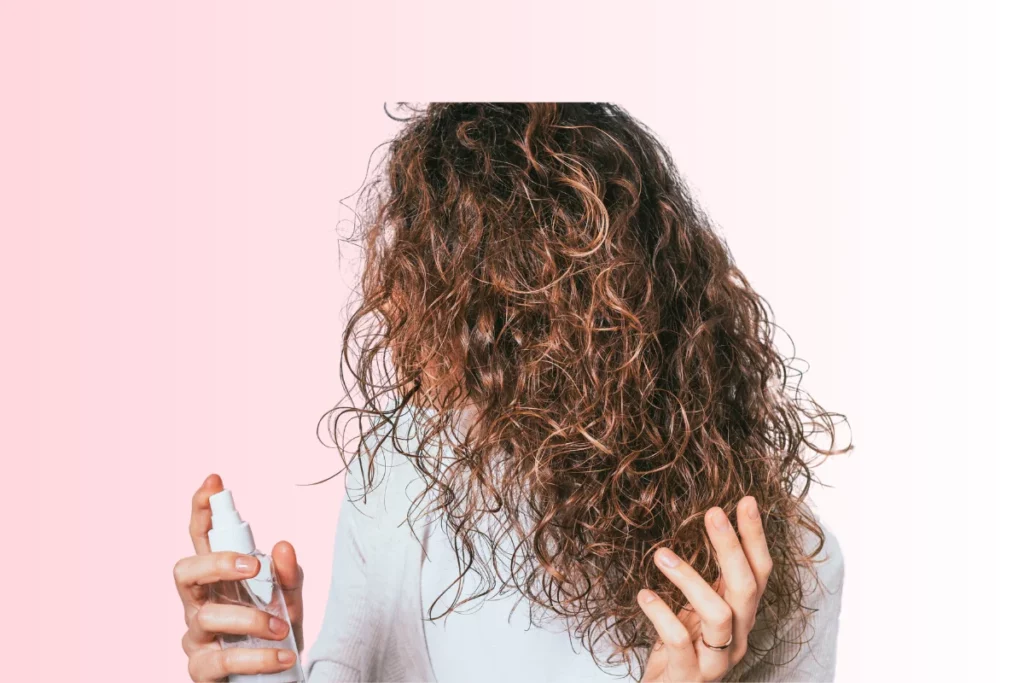
To effectively use dry shampoo on damp hair, follow these steps:
- Sectioning: Divide hair into sections for precise application.
- Apply evenly: Spray the dry shampoo generously from roots to ends on damp hair (about 90% dry), ensuring even coverage. Even distribution is crucial for effective results.
- Blow-dry: Use a blow dryer to dry the hair completely, allowing the dry shampoo to absorb moisture and create volume. Blow-drying is essential to activate the dry shampoo’s properties.
According to hair experts, this method can enhance hair volume, texture, and thickness by binding to the hair strand and increasing its diameter. However, it’s essential to consider individual hair types and styling preferences for optimal results.
Effective tips on using dry shampoo
Now that you are aware of the pros and cons, let’s delve into some effective tips on using dry shampoo to ensure the best outcome for your hair.
- Choose the right product: Not all dry shampoos are created equal. Look for a product that suits your hair type and desired results. Whether you need extra volume, color-specific options, or gentle formulas for sensitive scalps, making the right choice is crucial for optimal performance.
- Apply strategically: Divide your hair into sections and focus the application on the roots, where oil tends to accumulate first. This allows the dry shampoo to absorb excess oil effectively.
- Massage and wait: After application, gently massage the dry shampoo into your scalp using your fingertips. Allow the product to sit for a few minutes to work its magic effectively before styling.
- Blend and brush: To avoid any white residue and ensure an even distribution of the product, brush your hair thoroughly or use a comb to blend it in. This step helps maintain a natural appearance and removes any excess product.
- Style as desired: Once your hair feels fresh and voluminous, style it to achieve your desired look. You can now enjoy the benefits of clean-looking hair without water and lengthy shampooing sessions.
The results of using dry shampoo on wet hair may vary depending on individual hair types and preferences. However, when used correctly, dry shampoo can be an invaluable tool in your hair care routine, saving you time and keeping your hair looking and feeling great. Experiment with different products and techniques to find the perfect fit for you.
Top tips for long-lasting freshness
To maximize the longevity of your hair’s freshness after using dry shampoo, consider the following tips:
- Apply the right amount: Using the proper amount of dry shampoo is essential for achieving optimal results. Using too little may not absorb the excess oil and moisture, while using too much can leave a residue in your hair.
- Massage it in: When applying dry shampoo, make sure to massage it into your scalp and roots. This helps to distribute the product evenly and allows it to work effectively.
- Give it time: Allow the dry shampoo to sit in your hair for a few minutes before styling or brushing it out. This gives the product enough time to absorb the oil and moisture, leaving your hair looking and feeling fresh.
- Style strategically: If you’re aiming for long-lasting freshness, avoid using heavy styling products or over-brushing your hair throughout the day. These actions can cause additional oil buildup and reduce the effectiveness of the dry shampoo.
- Thou shalt not overdo: While dry shampoo is a fantastic tool to extend your hair washes, it’s important not to solely rely on it. Overusing dry shampoo can lead to product buildup and potential scalp issues. It’s best to strike a balance by incorporating regular shampooing into your hair care routine.
Final Word: Can you use dry shampoo on wet hair?
So, can you use dry shampoo on wet hair? While it can offer a quick fix for volume and absorb excess moisture, it might not be the most effective way to use this product. For optimal results, consider using dry shampoo on dry hair for maximum oil absorption. However, if you’re looking to experiment with different styling techniques, applying it to damp hair could be worth a try. Remember, every hair type is different, so it’s essential to find what works best for you.




